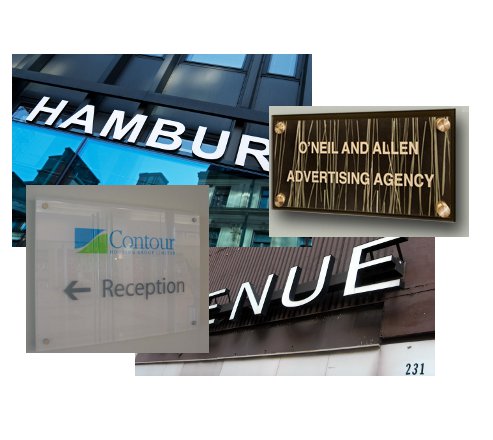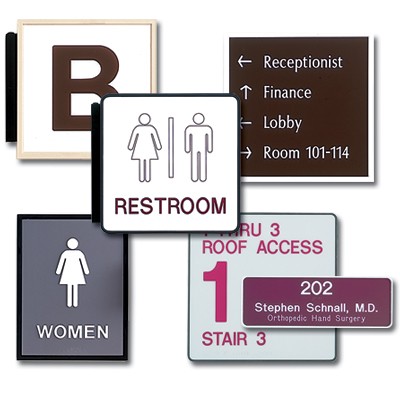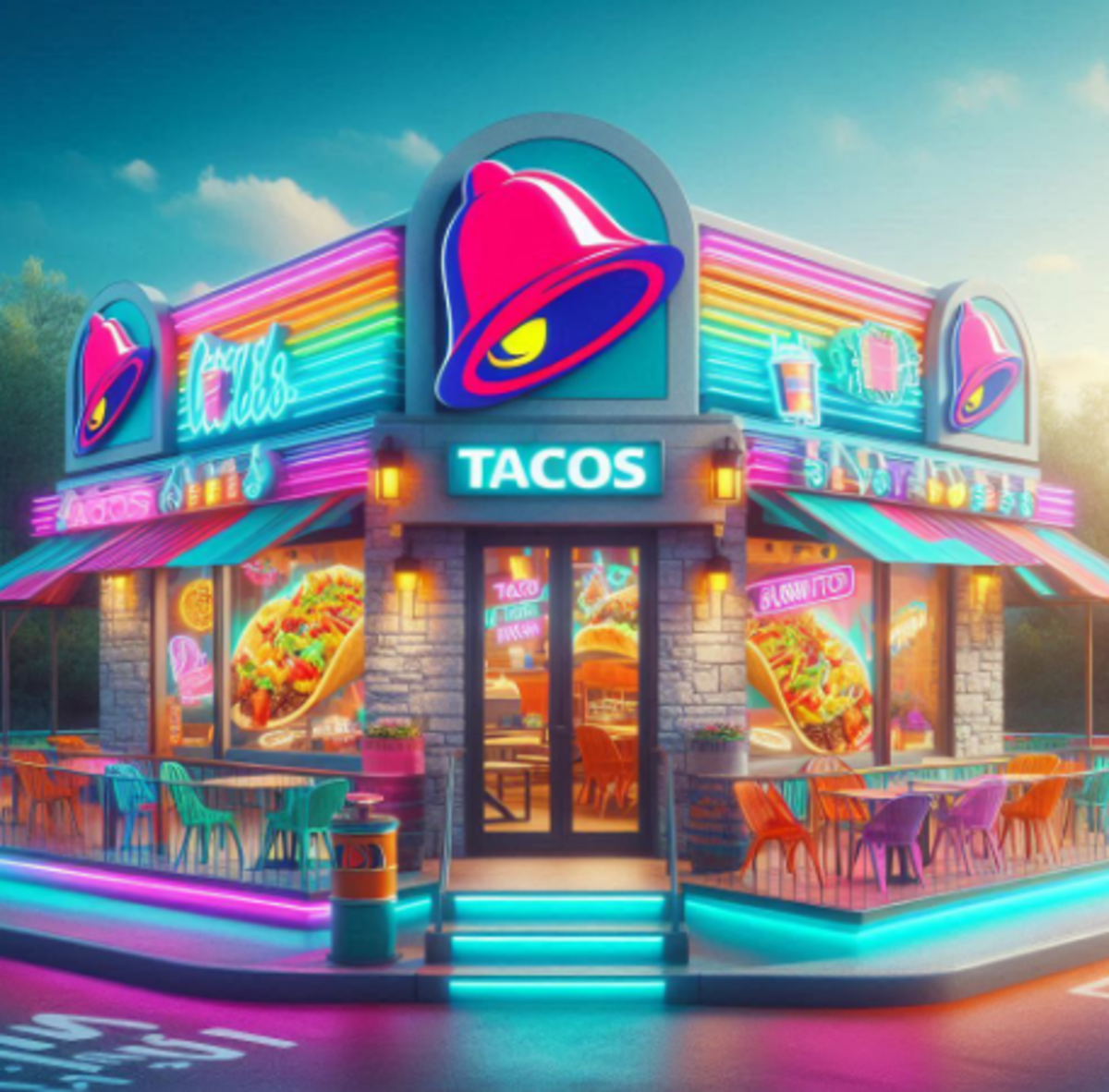Different Types of Signs That You May Find in Architectural Sign Systems

Architectural sign systems are a collective of signs used by buildings and establishments that require signage that not only does its job of directing people where to go and showing them where they are, but are also signs that add an aesthetic element to the building it is used on. In short, these signs are made to look while at the same time offer the kind of direction and information people need. Such a combination is sometimes deemed rather difficult to achieve, although quite a number of signage designers already have ways of tackling such a challenge easily.
When it comes to architectural signage systems, one of the things that you should never forget is that some of these signs need to conform to ADA compliance rules. These rules consist of guidelines that signage manufacturers need to follow in order for these signs to be deemed usable by both those with disabilities and those without. Not all of your signs need to adhere to all the rules set by the ADA, however certain sign types do need to follow more regulations than most.


ADA Compliant Signs for Your Architectural Sign Systems
For your ADA compliant signs, you should know which signs require specific additions on them, such as Braille translations and tactile letters, and which ones do not need such features. Not all signs actually need these tactile features, although majority still need to follow some of the basic ADA rules set for signage. To help you understand what signs need to follow which rules, here are some of the signs that you will find in an architectural signage system and what ADA rules they need to comply with:
Permanent Room Signs – as the name suggests, these signs are used to mark permanent rooms. Permanent rooms are essentially spaces that are not about to change usage or functionality anytime soon. Examples of such rooms include conference rooms, auditoriums, bathrooms and kitchens. These rooms need to carry ADA compliant signs that have very specific features like tactile letters, grade 2 Braille translations, and 70% color contrasts.
Also needed for these signs are the right character sizes that include height, width and raised height or elevation of the characters. This very same rule applies to the Braille translation of such signage copy, with the spacing between dots and between characters also needing to follow strict rules. These are to help facilitate the easy reading of these letters and words by those with visual impairments.
Directional Signs – these are signs that help show people where to go and in what direction a specific facility or room can be found in a building or in any locale. These signs also need to follow certain ADA rules, such as proper character height and size as per reading distance and mounting height. You also need to ensure that these signs carry the right 70% color contrast required for easy reading by those with visual impairments, as well as the right fonts that make the copy on such signage easy to distinguish.
Also needed on these directional signs are the right pictograms for such common facilities and rooms like restrooms, exits and elevators. You will also need to follow the rule regarding the finish of these signs. For ADA signs, you have to ensure that the finish is either in eggshell, matte or non-glare to make these easy enough to read even in bright light.
Informational Signs – informational signs are often signs that tell you what needs to be done, what cannot or should not be done in an area, where to go and so on. Examples of such signs include No Smoking signs, Exit Only signs, No Entry signs and No Littering signs, to name but a few. The rules that need to be followed when it comes to these signs that also belong to an architectural sign system include the right color contrast, the usage of the right pictograms, proper character size and spacing, and the use of the right fonts.
Following these ADA rules for these architectural signs is only one of the things you need to concern yourself with when having these designed and crafted. You will also need to do so while making sure that the look of your signs conform with or complement your building’s look. Not all of these signs need to follow ADA standards however, since a few of these actually can be made without following these very specific rules. You might want to ask your sign designer for a list of which signs need to be ADA compliant and which ones need not follow such strict rules.








